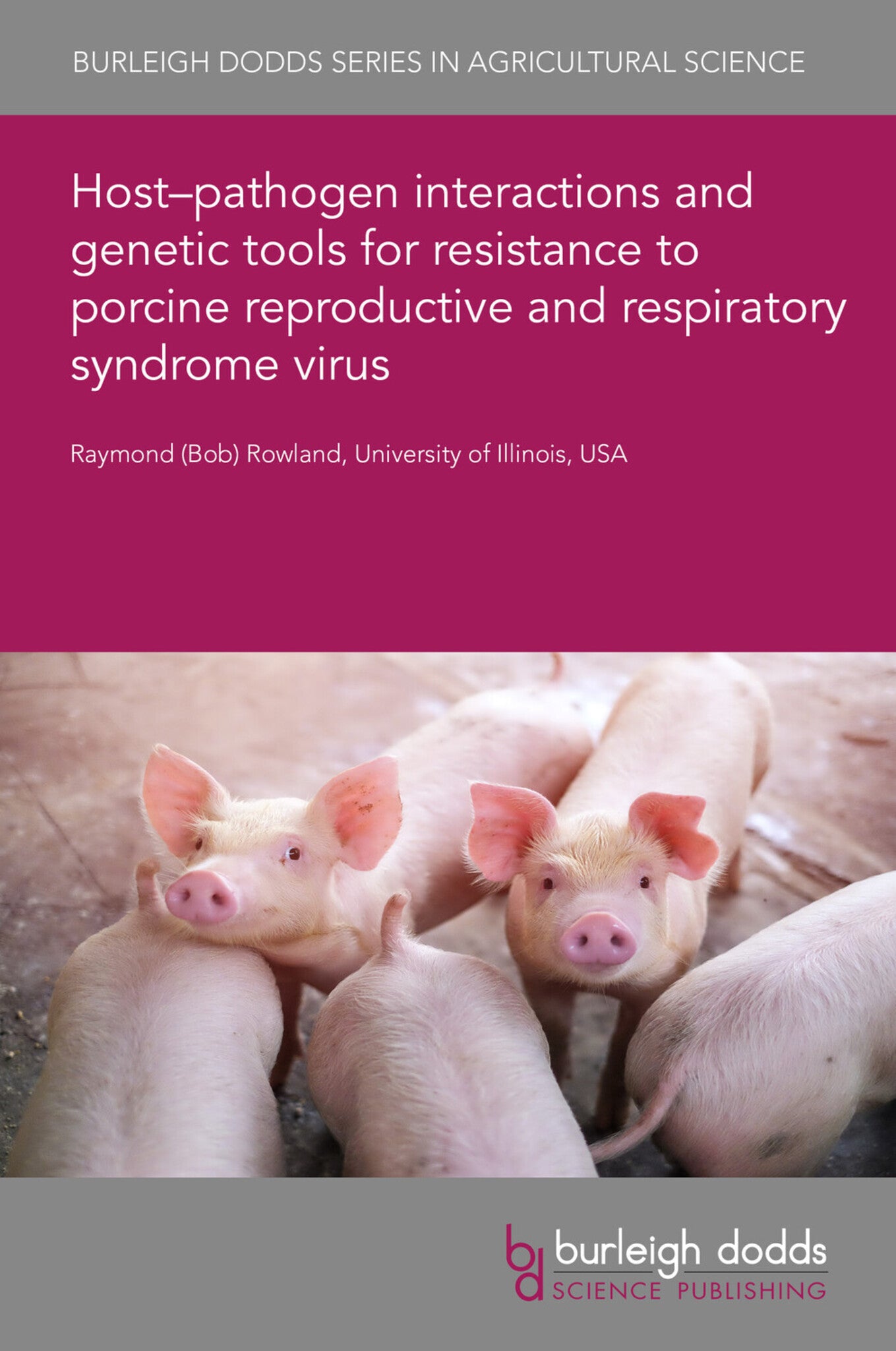We're sorry. An error has occurred
Please cancel or retry.
Host–pathogen interactions and genetic tools for resistance to porcine reproductive and respiratory syndrome virus

Some error occured while loading the Quick View. Please close the Quick View and try reloading the page.
Couldn't load pickup availability
- Format:
-
31 October 2022


TECHNOLOGY & ENGINEERING / Agriculture / Animal Husbandry, Animal husbandry, TECHNOLOGY & ENGINEERING / Agriculture / Sustainable Agriculture, Sustainable agriculture

1 Introduction 2 Porcine reproductive and respiratory syndrome and porcine respiratory disease complex 3 The lung macrophage as the target for porcine reproductive and respiratory virus infection 4 CD163: a functional marker for anti-inflammatory M2 macrophages and a receptor for porcine reproductive and respiratory virus 5 The porcine reproductive and respiratory syndrome Host Genetics Consortium and the search for host genes affecting the response to porcine reproductive and respiratory syndrome infection 6 The WUR marker and its association with guanylate binding protein 5 7 The interplay between porcine reproductive and respiratory syndrome virus, M1 and M2 macrophages, CD163 and guanylate binding protein 5 in the onset and recovery from acute respiratory disease 8 Porcine reproductive and respiratory syndrome resistance through modification of CD163
9 Genetic association between the pig genome and porcine circovirus type 2 and swine influenza A virus 10 Conclusion and future trends 11 Where to look for further information 12 References



